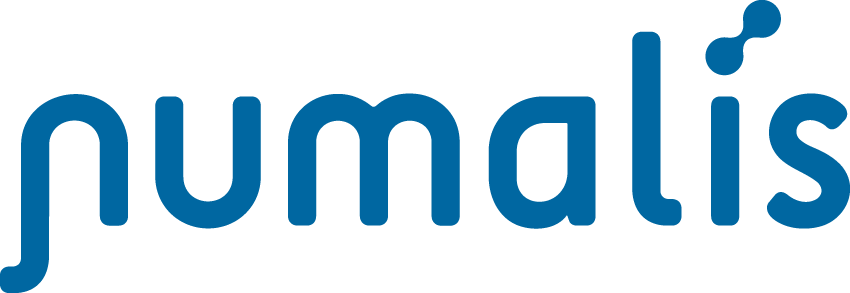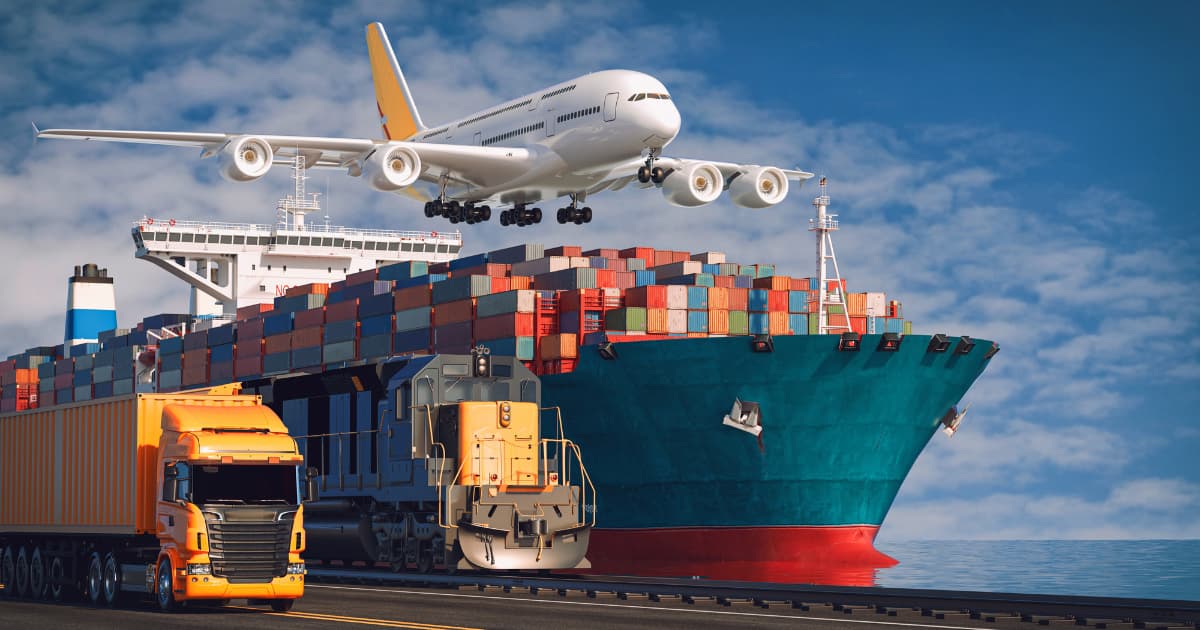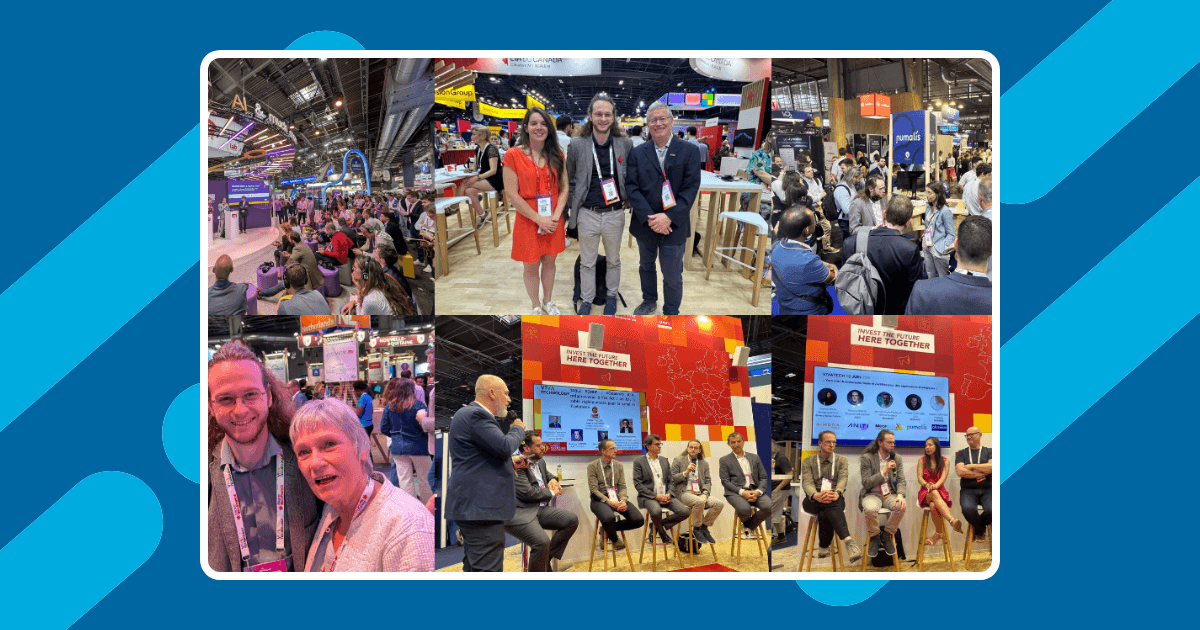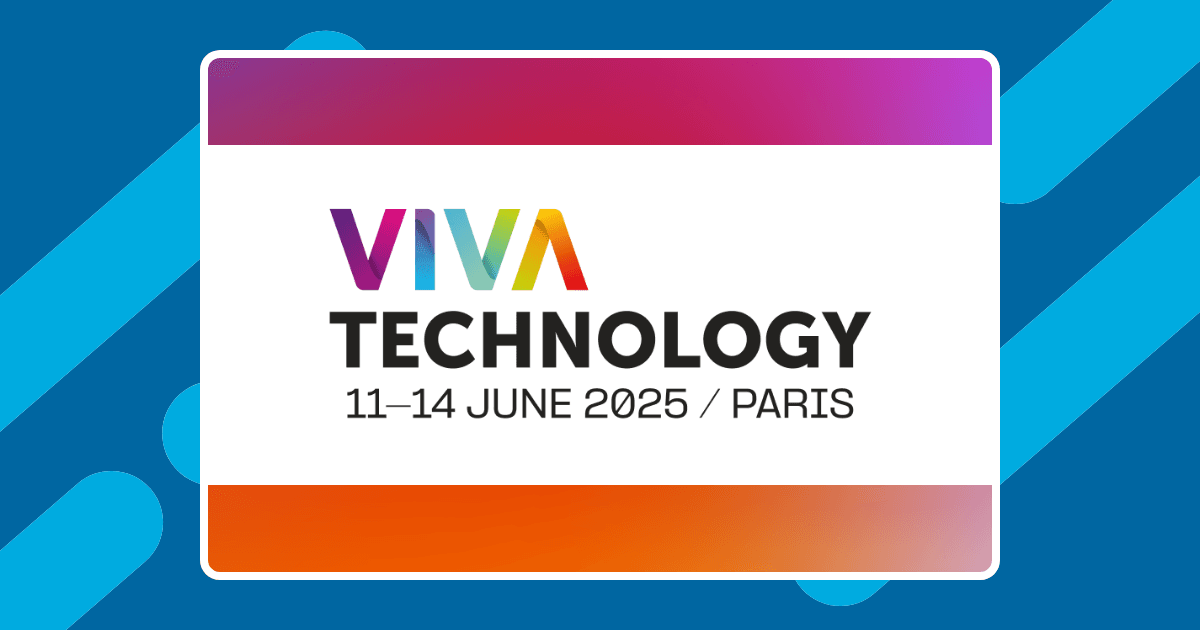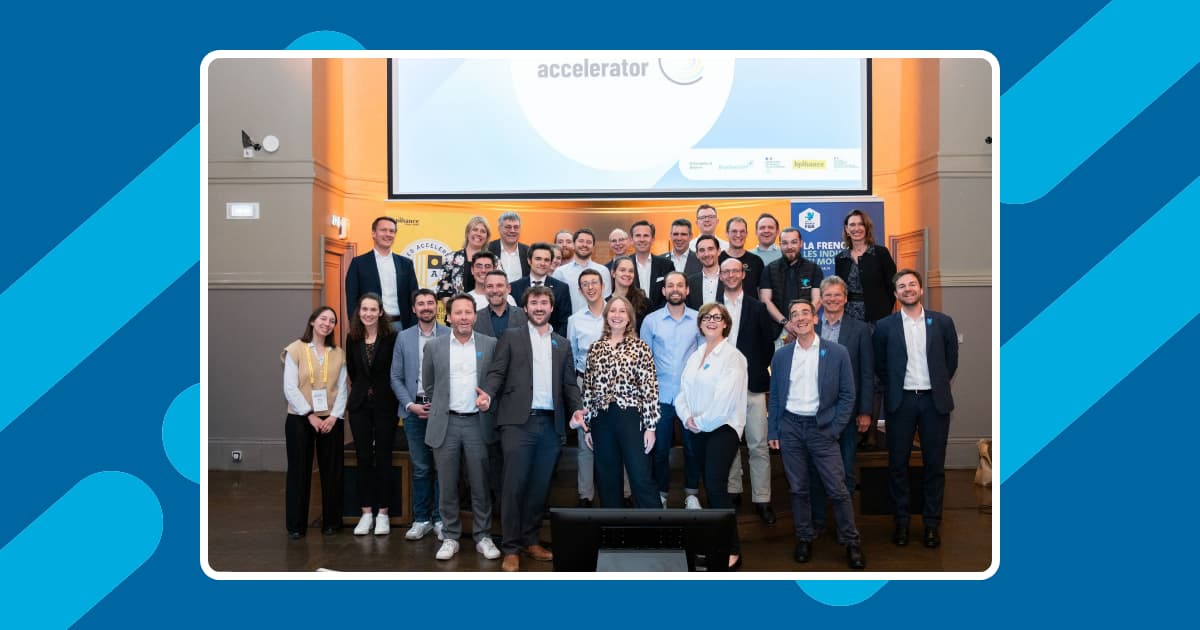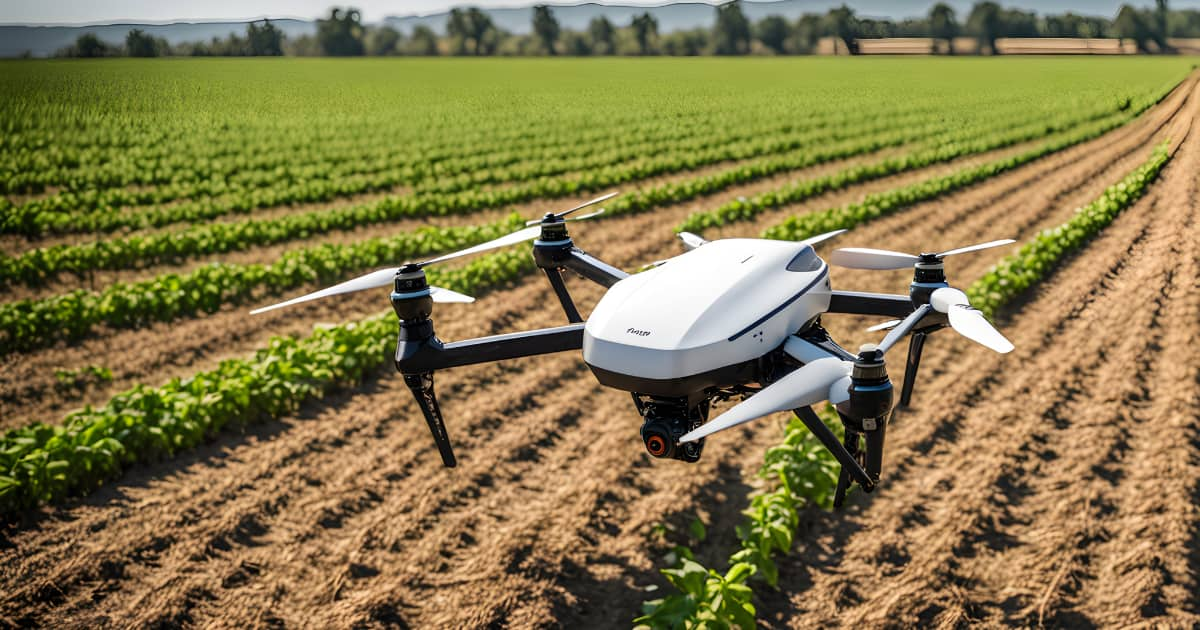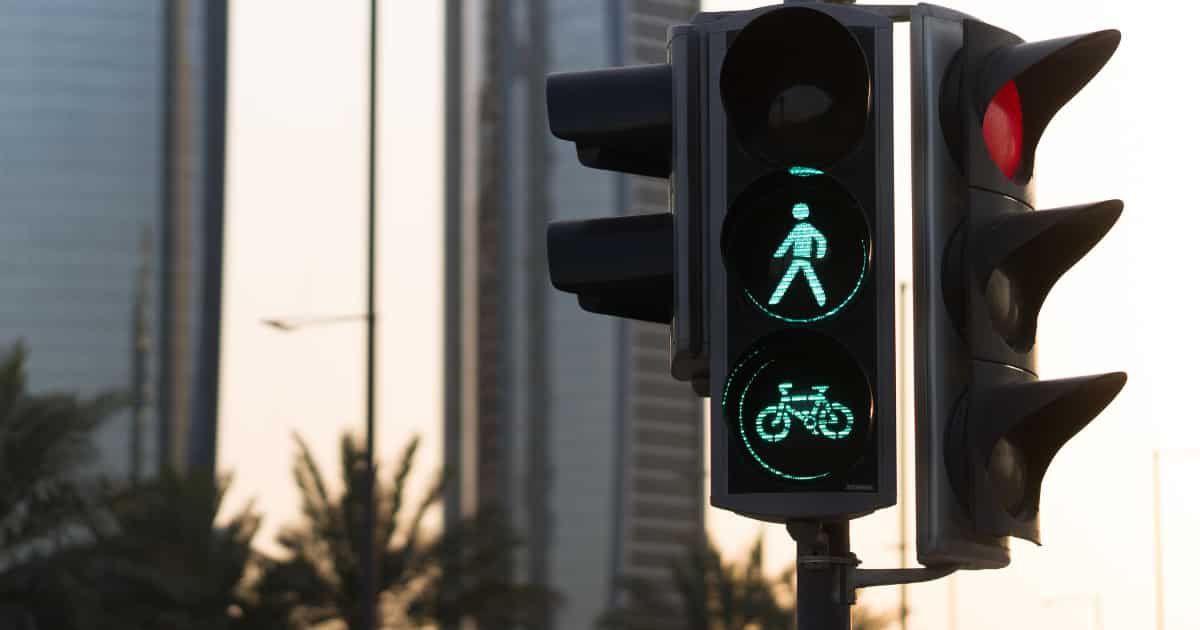Transport and logistics stakeholders seek agile and flexible solutions to bolster supply chain resilience. Technological advancements in artificial intelligence(AI), big data, cloud computing, and the Internet of Things (IoT) provide that option.
The incorporation of AI in transport and logistics is set to help companies achieve next-level performances. This entails leveraging AI solutions that provide capabilities like route optimization and visual inspection.
Studies indicate that AI in transport is set to grow at a CAGR of 22.7% between 2022 and 2032. The market size is valued at $3.67 billion and is set to breach $23 billion by 20321. According to a report by McKinsey, AI-based solutions in the supply chain improve logistics costs by 15% and service levels by 65%2.
This article explores the different ways AI impacts the transport and logistics sector, the benefits, and more.
The Role of AI in Transportation and Logistics
Machine learning(ML), deep learning, computer vision, and natural language processing(NLP) are some of the AI technologies that power different applications. Here are some of the use cases of AI in transport and logistics.
Route optimization
AI route optimization uses machine learning and predictive analytics to determine efficient routes. Prevalent algorithms used in route optimization solutions include clustering, genetic, reinforcement, and swarm intelligence3. Their use helps build AI systems that analyze historical and real-time data to output ideal routes.
Advances in logistics AI have seen the use of pattern prediction and recognition techniques. Models can be built to determine road corridors that perform favorably or poorly under certain conditions.
With mobile apps, CRMs, and ERP integration, route optimization solutions help drivers and back office staff save resources and improve efficiencies. Companies like Amazon, Coca-Cola, and FedEx use route optimization for their deliveries4.
Predictive Analytics
Traditionally, aspects like vehicle maintenance, demand forecasting, and inventory management were reactive. These processes were inefficient and resource-intensive. AI models can sift through vast amounts of data, offering proactive approaches.
Predictive modeling solutions use algorithms like decision trees, regression, neural networks, and ensemble methods5. They work to uncover trends and insights from data and use that to uncover future patterns. For instance, based on factors like usage pattern, mileage, model and recurring issues, AI systems can help predict vehicle maintenance schedules.
Hitachi AI has integrated AI in transportation using a predictive diagnosis algorithm. They collect data from their fleet, with the algorithm extracting and analyzing data. The system can detect signs of failure when fed with data with deterioration characteristics6.
Delivery drones
Drones are poised to significantly impact e-commerce logistics, emergency medical supplies, and food deliveries. They are also helpful for fulfillment within large warehouses, reaching remote locations, urgent and last-mile deliveries.
AI works with other technologies, such as geospatial mapping and IoT, receiving and processing information on the fly. It helps drones detect and avoid objects while also perceiving their environment. The primary techniques involved are machine learning and computer vision7.
The use of AI arms drones with the following capabilities:
- GPS free navigation
- Obstacle detection and collision avoidance
- Delivery drop
- Safe landing
- Contingency management and emergency landing
Walmart and E-commerce giant Amazon have deployed drone technologies for deliveries across different states8. For instance, Walmart has partnered with DroneUp, an autonomous drone delivery platform and service provider. The company relies on Casia G AI and computer vision technology to detect obstacles, such as other aircraft, in its flight operations9.
Visual inspection/Damage detection
Supply chains can leverage machine learning and computer vision models to enhance quality control. Some of the algorithms used for visual inspection models include convolution neural networks(CNN) and object detection algorithms. With inspection systems trained to recognize patterns, it’s easier to identify defective products.
Companies like DHL use AI-powered robotic arms to sort and pick parcels of any shape and package. The robot uses 2D and 3D vision capabilities for its operations10. Likewise, Amazon uses its AI-powered visual inspection solution to identify damaged products in its fulfilment centre11.
Chatbots (AI assistant)
The global chatbot market was valued at $5.13 million in 2022. The market will expand at a CAGR of 23.3% from 2023-203012. AI-powered chatbots can help with different levels of interactions and customer experience. For instance, they can help manage shipments, provide order status, amend orders, and answer FAQs.
Chatbots help free human resources from routine and repetitive tasks. They can give customers an efficient experience throughout the supply chain lifecycle by offering immediate responses.
DHL uses chatbots that leverage machine learning to help international customers with customs clearance. It also helps smaller customers to the correct tariff classification of their goods, aiding in faster customs clearance13. Likewise, UPS uses a virtual assistant on their website to answer basic questions instantly14.
Demand forecasting
Understanding future demand is critical for logistic companies. AI driven systems can analyze historical data, market trends, and other external factors to generate accurate demand forecasts. This allows companies to plan their logistics operations appropriately, from ordering to shipping.
With continuous learning, AI-based systems become smarter, helping in strategic planning and decision-making. They can account for different variables, assisting companies to firm their transport plans, inventory levels, and resource allocation.
Driving automation
Transport and logistics companies continue to lean on automation. Continued advancements in AI and machine learning algorithms have seen a rise in autonomous vehicles and robotic tools.
Companies like Amazon, UPS, and FedEx are already trying out autonomous vehicles to augment their transport and logistic needs. For instance, UPS partnered with Waymo to experiment with package pickup using autonomous vehicles in the US.
The benefits of AI in transport and logistics
Companies derive multiple benefits by integrating AI into their transport and logistic operations.
Reduced operational costs: The adoption of AI has shown the potential to save costs at different levels. For instance, by using route optimization models, transport enterprises could lower fuel usage and costs associated with wear and tear.
Enhanced safety: Leveraging AI can help boost safety, especially in transportation. While selecting optimal routes, AI-powered systems identify potential hazards such as accidents, bad weather, or roads. Real-time updates help drivers and operators reduce the chances of accidents. Additionally, Autonomous drones and vehicles use intelligent systems that help them avoid hazardous situations.
Better customer satisfaction: Chatbots equipped with NLP can provide reliable assistance to customers’ queries. They can learn customer preferences and undertake sentiment analysis to provide better responses or initiate other processes. For instance, chatbots can give delivery timelines in real-time or even respond to client change requests.
Increased efficiencies: Integrating AI into existing systems is a way to continue enhancing efficiencies through supply chain management. For instance, AI based demand forecasting makes predicting demand easier, avoiding stock out, and automating reordering. It eliminates the need for manual worksheets which could be prone to bias and human error.
Saving resources: The efficient use of time and labor is in the interest of every transport and logistics company. Using AI-powered visual inspection applications for sorting and defect detection helps save time and labor. Additionally, AI-powered drones promise quicker deliveries while robots reduce manual labor for repetitive tasks.
Conclusion
The transformative impact of AI in the transport and logistics industry is evident through the numerous applications already in use. AI driven systems make uncovering trends and patterns easier, helping make informed decisions.
The dynamism in the transport and logistics sectors makes it a prime field for innovations in AI. Predictive analytics, drone delivery, and autonomous vehicles continue to boost the transport industry. On the other hand, AI in logistics has witnessed notable progress in the use of chatbot applications, demand forecasting applications, and visual inspection tools. Collectively, these advancements help companies save on costs, labor, and time.
- Artificial Intelligence in Transportation Market Size, Report 2032 ↩︎
- Succeeding in the AI supply-chain revolution | McKinsey ↩︎
- AI Route Optimization for Delivery Operations in 2024 – Upper ↩︎
- How Do Couriers Like FedEx Plan Their Routes? ↩︎
- Predictive modelling, analytics and machine learning | SAS UK ↩︎
- Predictive-diagnosis algorithm : Predictive-diagnosis solution using motor currents ↩︎
- The Essential Guide to Applying AI to the Drone Delivery Ecosystem ↩︎
- We’re Bringing the Convenience of Drone Delivery to 4 Million U.S. Households in Partnership with DroneUp ↩︎
- DroneUp and Iris Automation Partner to Provide Airspace Awareness for BVLOS Deliveries ↩︎
- DHL Express Deploys AI-powered Sorting Robot ↩︎
- The surprisingly subtle challenge of automating damage detection – Amazon Science ↩︎
- Chatbot Market Size, Share, Trends & Growth Report, 2030 ↩︎
- AI in Logistics and Last-Mile Delivery | Discover DHL ↩︎
- UPS And Waymo Partner To Begin Self-Driving Package Pickup In Arizona | About UPS ↩︎
